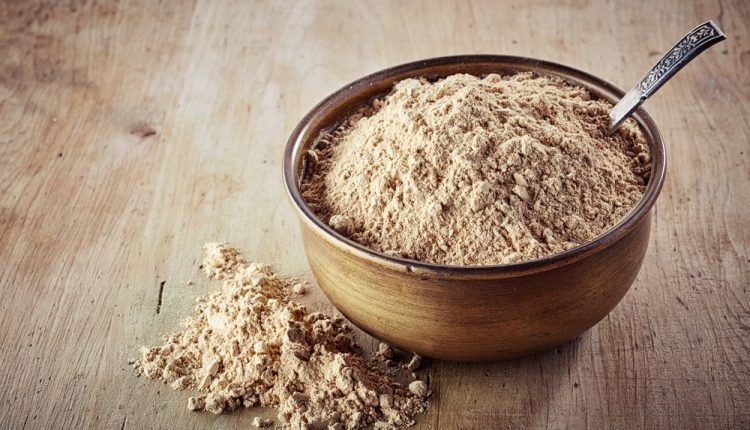The village milk producer’s cooperative society is the basic unit of Anand Pattern. You can understand the functions of dairy cooperative society by the following classification of functions of dairy cooperative society. The dairy cooperative society helps in providing milk which is an important part of the nutrisystem.
Managerial:
A village dairy cooperative society can be formed by the villagers with the support of milk union. The milk producers can become members of the society by buying minimum one share of the society and paying the entrance fee. The general body of the society is formed by all the members of the dairy cooperative society. According to law the society members elected the managing committee including chairman and all the positions of the committee are honorary. The day to day affairs of the society are run by the paid staff employed by the committee. Managing Committee selected the number of the staff according to the business of the society.
The chairman and the managing committee are governed by the bye-laws. The managing committee decides the policy matters and frame guidelines for efficient and smooth running of the society. The different issues are discussed in the monthly meetings of the society held by the managing committee.
Operational:
The major operations of the society can be classified into milk trading and providing input services. Milk trading involves the following tasks:

- Reception of milk.
- Milk testing.
- Sale of local and sample milk.
- Dispatch of the milk to milk union.
- Payment and account keeping.
- Animal health inputs, breeding and supply of cattle feed.
- Fodder development.
- Ensure clean milk production and extension services to producer members.
Society has a milk collection centre for the collection of the milk from milk producers. The producers have to bring milk in their own containers to the collection centre. The containers should be made of stainless steel. According to the “nutrisystem” a representative sample is drawn for quality check. Milk can be collected in the milk cans and then stored in the cooler. Some coolers have facility to store milk directly without using container. The milk measurement should be done very carefully to avoid foam and milk shortage etc. The quantity of the supplied milk is recorded with the name of the producer in the register as well as in the card/pass book. Some societies have semi automatic process with the help of computer and electronic milko- tester. This machine generates a printed slip which gives details about the date, shift, type of milk, producer identification number, weight, price, rate, fat % in the milk etc.


Comments are closed, but trackbacks and pingbacks are open.